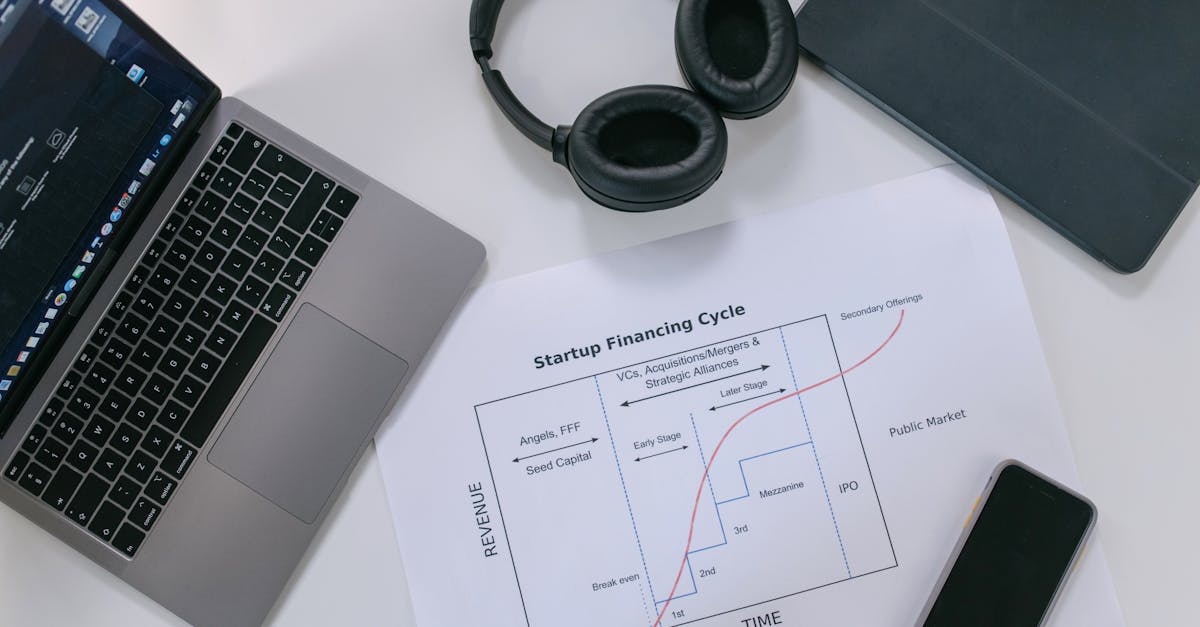Startup Business Loans with No Revenue: How to Secure Funding and Overcome Challenges

Estimated Reading Time
8 minutes
Key Takeaways
- Funding a startup with no revenue is difficult but not impossible with the right approach.
- Searching for alternative sources of funding can be the lifeblood.
- Microloans, equipment financing, and startup-friendly banks are some alternatives.
- Strong business plans and personal credit are key.
Table of Contents
- Startup Business Loans With No Revenue: A Guide
- Key Takeaways
- Understanding the Challenges
- Key Loan Options for Startups Without Revenue
- What Lenders Look For
- Application Tips
- Typical Challenges and Costs
- SBA and Government Options
- Alternative and Non-Loan Funding Options
- Summary Table: Main Startup Loan Types with No Revenue
- Conclusion
- FAQs
Startup Business Loans With No Revenue: A Guide
Starting a business is an exciting adventure of hopes and dreams, and the future success that lies ahead. But getting started is difficult as one major problem that most aspiring entrepreneurs face is the lack of funding, particularly when the startup in question has no history of generating revenue. How do you persuade lenders to fund an unproven enterprise? This week, we dive into the world of startup business loans with no revenue and reveal the secrets to unlocking the funds you need to get your business off the ground.
Key Loan Options for Startups Without Revenue
Microloans
Among the best loans for pre-revenue startups are microloans. These loans — often between $25,000 and $50,000 — are made through nonprofits, mission-driven companies, and Community Development Financial Institutions (CDFIs). These lenders frequently deal with businesses located in underserved communities and can have relaxed application criteria, making microloans a good solution for startups that have no revenue history.
In the United States, the Small Business Administration (SBA) provides a microloan program which provides loans to intermediary lenders who then issue microloans of up to $50,000 to small businesses for startup and ongoing needs.
Equipment Financing
If your startup has a need for a certain type of equipment, then you may want to look into equipment financing. In the case of equipment loans, the items purchased (such as a piece of machinery, or a set of computers) act as security. This method results in lenders placing an emphasis on the asset’s value and usage rather than the startup’s financial status. Therefore, limited or no sales may not be a hindrance in securing the required finance.
Startup-Friendly Banks and Lenders
Some community banks, credit unions, and smaller local lenders are more interested in working with startups that lack a track record of revenue. They judge based on business credit setup, personal credit score, full business plan, and relationship with the bank, not revenue history. An example is TD Bank, which offers a maximum of $25,000 business loan to a totally new business without revenue, provided it's well set up and the applicant has a good credit history.
What Lenders Look For
Even if no revenue is required, lenders will remain interested in your creditworthiness and ability to repay the loan. They usually consider several factors:
- Business Plan: A very detailed business plan is vital. It's information on how the money to be raised is going to be used, and the vision for future income. This instills trust in lenders that you can run and grow your business smoothly.
- Personal Credit Score: In cases where the business has little or no credit history, lenders may consider the personal credit score of the business owner. This score can be a deal breaker when deciding whether or not you qualify for a loan.
- Personal and Business Assets: Lenders may consider your personal and business assets and what you have to offer as collateral, if applicable.
- Business Documentation: Well-documented business information, such as a legal structure, licenses, and personal financial statements, gives lenders the assurance that your business is set up professionally.
Application Tips
- How Much Do You Need: Drill down to the detail as it will help point you to the right lenders based on their loan sizes offered.
- Set Your Expectations: Processing can vary depending on the loan you choose, sometimes taking weeks or months.
- Work Out Your Repayment Capacity: Be realistic about what you can pay to keep your startup financially healthy.
- Shop Around for Lenders: Utilize online loan marketplaces, or contact lenders individually to compare rates, terms, and qualification standards.
Typical Challenges and Costs
Loan financing for a new business tends to have higher interest rates and less favorable terms compared to loans for more established businesses. Although loans without collateral requirements may be available, they typically come with stricter credit requirements or lower loan amounts than secured loans.
SBA and Government Options
The role of government, particularly the SBA’s position in helping provide guarantees on certain loan types to small businesses, including startups, is substantial. The SBA microloan program is geared toward tiny businesses and startups, where intermediaries can lend up to $50,000.
Alternative and Non-Loan Funding Options
- Grants: Federal, state, and private organizations offer grants that can provide startup finance without the obligation to repay.
- Crowdfunding: Platforms like Kickstarter and Indiegogo allow startups to solicit funds from individual backers.
- Angel Investors/VC: Offer investments in exchange for equity in your company.
- Private Family and Friends Loans: Using personal savings or borrowing funds from family or friends can also be an option.
Summary Table: Main Startup Loan Types with No Revenue
| Loan Type | Typical Max Amount | Main Requirements | Key Features |
|---|---|---|---|
| Microloans | $50,000 | Business plan, credit | Flexible, low cost, mission-based |
| Equipment Financing | Varies | Equipment as collateral | Value-based, not revenue-based |
| Unsecured Loans | Varies | Good personal credit | No collateral, higher rate |
Conclusion
While the majority of traditional business loans are often out of reach for startups with no revenue, innovative solutions, such as microloans, equipment financing, and loans from startup-friendly lenders, are providing feasible pathways to funding. Being prepared – with a strong business plan, a clear concept of your personal and business credit history, and knowledge of the loan market – can increase your chances of success. Dreams are big, obstacles are plenty, but with the right approach to financing, entrepreneurial dreams can and do come true.
Frequently Asked Questions
What are microloans?
Microloans are small loans generally issued by organizations with the mission of financing budding and small businesses that may lack access to capital from traditional sources. They’re generally capped low, have flexible terms, and are often mission-driven.
How can I raise my credit score to get a startup loan?
In recent news related to your credit score, ensure you pay all bills on time, decrease your debt/liabilities, check your credit report for inaccuracies, and avoid any large credit inquiries before you apply for a loan.
Can I get a startup loan with poor credit?
Although difficult, it is possible to get a startup business loan with bad credit by finding lenders who focus on other factors such as business plans, existing assets, or the use of specific types of collateral rather than credit scores alone. Some community banks and microloans may offer less stringent terms.





